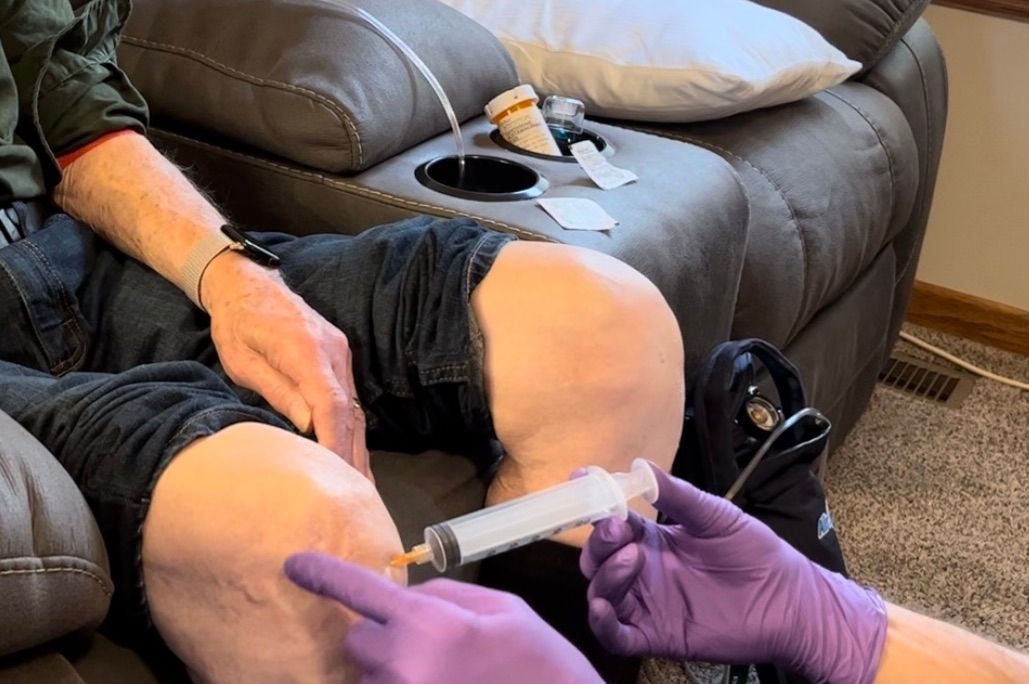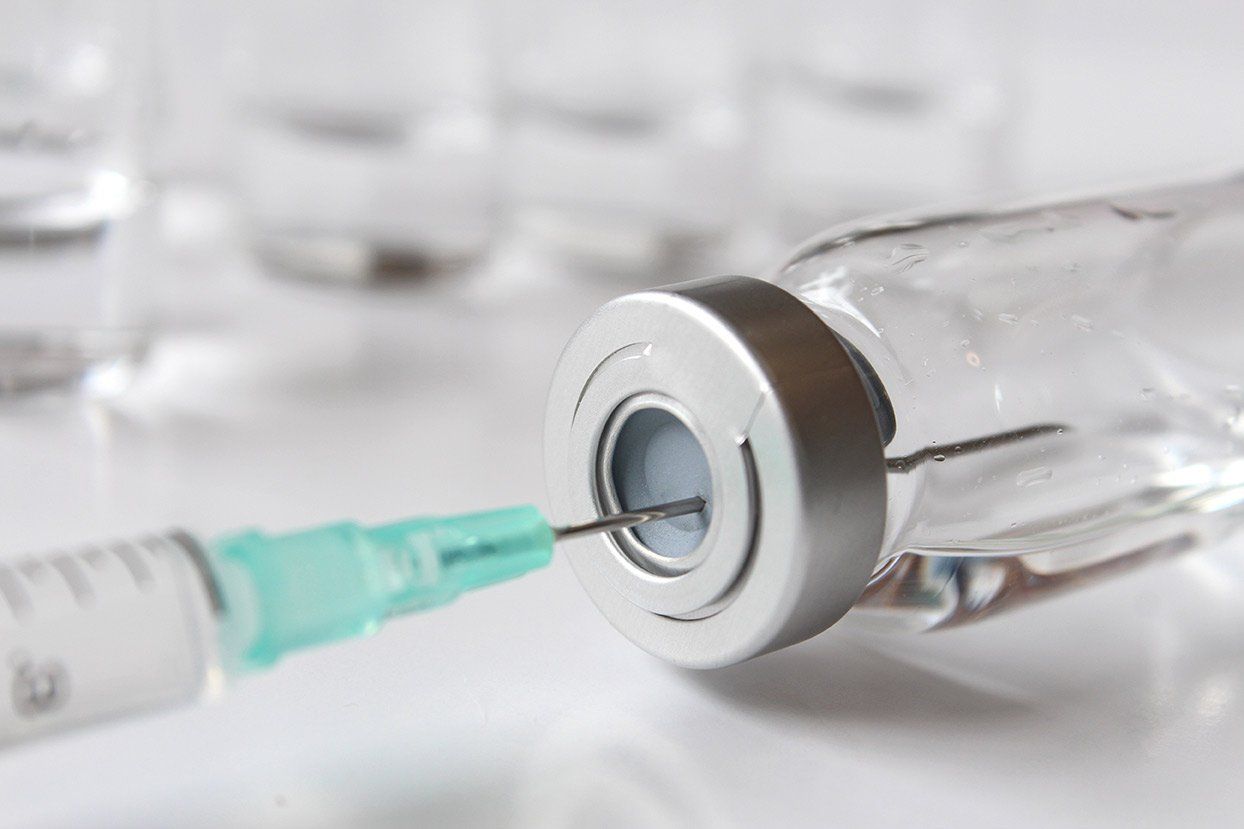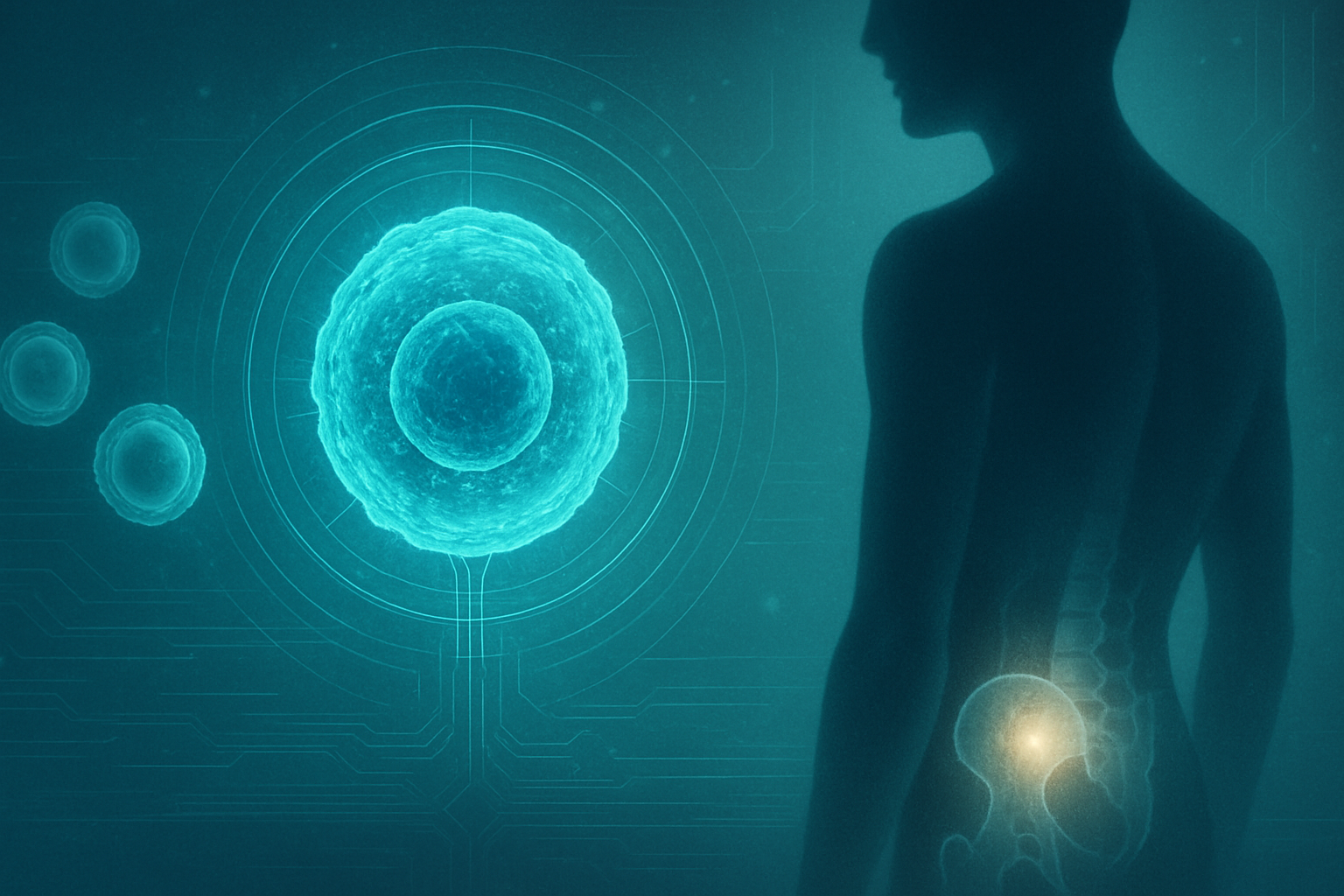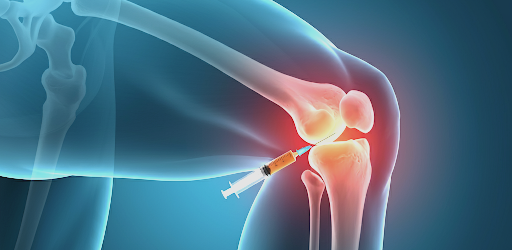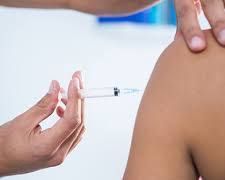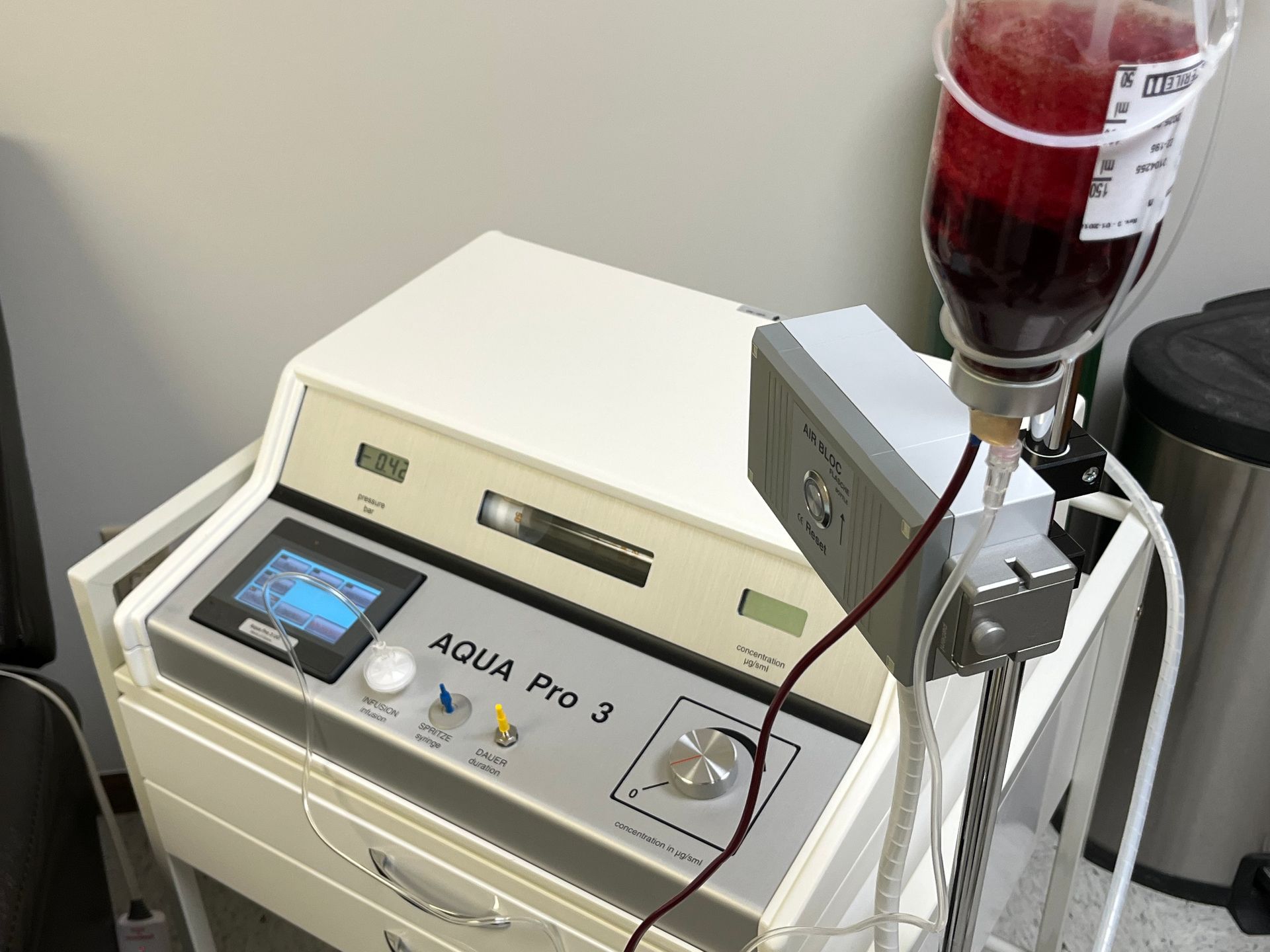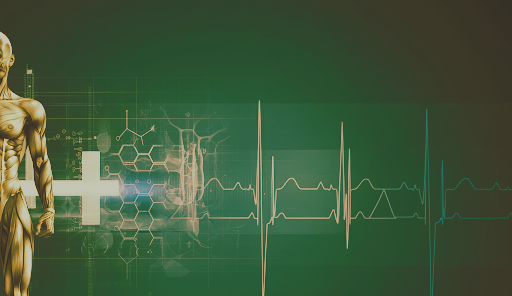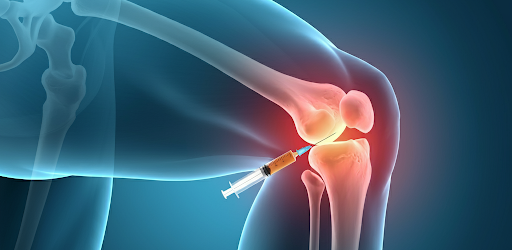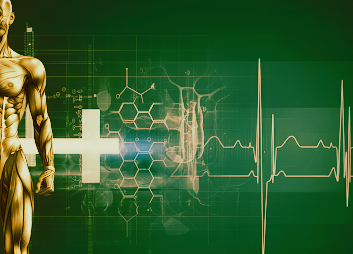Toxic Black Mold Causing Your Condition?
Mold Exposure Symptoms - Is this Black Mold and Toxic?

17 Minute Read
Black Mold and Your Health
Black mold exposure is a health risk overlooked in modern times. Black mold is found in both commercial and residential structures across all climates. Mold spores and fungi are ubiquitous (found across the globe), even when dormant such as the spores in the Arizona desert that are now causing Valley Fever in retirees and winterbirds. The spores that cause black mold can be transported via passive or active ventilation due to their small size, then quietly cause signs of mold disease or exposure to black mold with very few symptoms of mold exposure or mold toxicity symptoms.
f
Once indoors, toxic black mold grows the moment it is around moisture, sitting water, bathrooms, and basements.
There Are Black Molds, Toxic Molds, and Non-Toxic Molds In Your House You Don't Know About
Growth of black mold is a health hazard and is most common in humid areas like laundry rooms, bathrooms, and basements. Its also located in places which have been contaminated through flooding or plumbing problems like under your carpeting or hardwood flooring!
Toxic black mold or non toxic black mold show up in structural areas that are hidden where water hides easily, though sadly a lot of people are only aware of the presence mold in the area when they begin to experience signs of "mold symptoms" or even "Mold Toxicity". Because Black Mold has similar appearance to non-toxic black mold many do not take action until they have “mold toxicity symptoms”. This puts many of us at risk of long term effects of mold poisoning.
It's Not Just Seasonal Allergy
Mold allergy symptoms like wheezing, eye irritation and coughing mimic seasonal allergy symptoms. That's why most people don't realize symptoms of mold sickness or know that they have been exposed to toxic black mold.
Why Is Mold Toxicity So Prevalent Now?
The number of cases of serious illnesses caused by toxic black mold have risen over the past 50 years. It worsened as we started to make buildings that airtight and energy efficient, where the building is unable to "breathe," delaying evaporation which encourages mold growth and allowing mold toxins to be trapped inside.
The change from plaster to drywall in 1970 has increased the risk of black mold since drywall l is extremely vulnerable to moisture. Houses now have more bathrooms, where you can have black mold in shower areas, and we have less traffic in unused bathrooms so its easy to miss black mold vs mildew when no one is around the room much.
How Does Mold Toxicity Affect The Human Body?
A variety of symptoms associated with "Mold Poisoning" for humans can cause diverse health problems, ranging from headaches and sore throats, exposure to acute mold to autoimmune and cancer after long-term mold exposure. In the absence of immediate treatment for these symptoms of black mold poisoning symptoms could be fatal, especially for those with immunosuppression.
This includes patients suffering from kidney disease, cancer, liver issues, as well as those suffering from diabetes mellitus, tuberculosis or any other chronic illness. Long-term effects from exposure to black mold can impact the health of a person in a variety of ways and can cause your character and quality of life can be affected even for healthy people.
Toxic Black Mold: The Deadly Fungi
Toxic black mold, also known as Stachybotrys chartarum is a type of micro-fungi that are commonly located in cellulose-rich, nitrogen-low areas like Fiberboards, gypsum boards, and wooden elements of buildings damaged by water. It was first discovered around 1837 by a mycologist named August Carl Joseph Corda.
S. chartarum can be described as a fungal species that is greenish-black, belonging to the Deuteromycota division, an all-inclusive group of fungal species. It is found throughout the world but certain species are restricted to subtropical and tropical areas.
Mold Feeds on Dead Compounds
Stachybotrys varieties are called saprobes. This means they serve as decomposers for organic matter that is rotting away or decaying which is part of the life cycle to create new life forms. Examples includes dead plants, trash,, as well as water damaged wood components of your house.
Toxic Black Mold can Deceive You With Their Innocent Look!
They are characterized by septate hyphae that have conidiophores on the tips. Conidiophores create the asexual non-motile spores that are found in toxic black molds called conidia. They are round and can be translucent or pigmented, one-celled and in clusters.
The conidiophores might be simple or branching however they remain permanently attached to phialides. Phialides are flask-shaped stalks which are projected from the conidiophore's apex. These may be translucent or pigmented, cylindrically-shaped, and form clusters made of 3 to 10.
At the early stage of S. species, the hyphae and conidiophores are transparent. As time passes the pigmentation becomes greenish-black in these regions, where it takes four days for Stachybotrys develop into a colony.
Is Black Mold Airborne?
Since the spores of black mold are usually formed in clusters and then covered in dried slime, they're not normally airborne. They become airborne after they've been dried and disturbed, or when they are stuck to particles. This also occurs in dry climates in Arizona as we disturb large swaths of earth in modern building construction.
Its Easy for Mold to get Inside the Home
Black mold can be found in drywall, flooring boards, glass fiber, wallpaper, carpeting, pipe insulation, and many other places. They thrive and multiply best in moist and warmer temperatures.
The introduction of contaminated foods or crops and moist materials into your house increases the likelihood of suffering the long-term effects of black mold exposure.
Is Black Mold Dangerous ?
Toxins are tiny molecules created by living organisms that are capable of causing health issues when they come into contact with or absorbed into the human body's tissues. They are secondary metabolites, meaning they're chemical compounds made of organic matter that aren't essential for normal development, growth, or reproducibility of an organism. It is believed that the reason for the presence of black mold toxicants is to weaken it's host and competitors.
The toxins that are produced by fungi, like poisonous black mold are known as "mycotoxins "and is the cause of mycotoxin illness or mold illness as its commonly called.
So What Happens Black Mold Spores Are Inside Your Body?
Stachybotrys can produce at minimum six chemical classes of toxins, including trichothecenes which is the biggest group of mycotoxins that have been identified to the present. It has more than 150 chemically related toxic substances that can cause black mold symptoms.
The exposure to toxic black mold could be via either inhalation or consumption. These toxins of mold can affect natural processes of the body in various ways, including slowing the synthesis of proteins and weakening the immune response and inducing an anti-histamine influx. Exposure to black mold for a long time can contribute to behavioral toxicology.
Are you dealing with Toxic Black Mold or Just another ordinary Non Toxic Black Mold
Not all fungal species make mycotoxins. Not all mycotoxins are harmful to humans. Others are more specific for animals or plants.
Another crucial point to be aware of is that not all molds with black pigments are toxic black Molds.
A number of other fungi have dark pigmentation including Nigrosphora as well as Cladosporium. However, they are not known to have adverse effects in people.
Black Doesn't Mean Toxic
The color and toxicity of the molds related, where the species of "Toxic Black Mold" refers to one specific species of Stachybotrys chartarum.
By looking at it with the naked eye it is difficult to tell the difference between Toxic black Mold or just a regular mold due to their morphological differences that are practically microscopic. It is necessary to submit a sample to a certified mold inspector. But exposure to black mold must be considered if the following are the signs:
- Musty Smell
A room that has black toxic mold has a rusty smell. If it doesn't seem extraordinary at first inspection, the mold may be hiding behind wallpaper, tiles or even the boards. - Dark Spots and Rings
Dark rings or dark spots on your ceilings and walls are a sign of mold growth. If they aren't moldy yet, they could indicate that there is water damage. This can be an ideal place to reproduce for them. This should be dealt with by a professional mold removal service to stop the long-term negative effects of exposure to black mold. - Re-occurring Respiratory Irritation
Is seasonal allergy season is over and you're still experiencing the symptoms of watery eyes, stuffy nose and skin irritations, headaches, coughs and migraines without cold, look out, these are symptoms of black mold.
Toxic Mold Statistics
There are more than 100,000 known species of mold around the world and 1,000 of them are located within the United States. One of the species are Stachybotrys chartarum, also known commonly as Toxic Black Mold.
Concerns over the possibility of exposure to black mold began to surface around the mid-1980s. The reports were gathered from both industrial and residential areas in Canada and the United States. This brought awareness to how Mold Sickness and Mold Toxicity affect the human body.
However, the majority of people do not pay attention to black mold exposure symptoms and their disease process can turn into a serious Mold Allergy.
Mold cognition effects
In 2003, a research study looked at the neuropsychological consequences of exposure to various species of toxic molds. The study revealed that altered brains of people suffering from mold illness are comparable to mild brain injuries.
It Worsens Asthma Attacks
Based on the Centers for Disease Control and Prevention (CDC) the CDC estimates that 1 in 12 adults, and 1 of eleven kids within the United States are asthmatic. Over 50 percent of people are allergic to molds. If you have a family member with asthma that is sensitive, they may have recurring asthma attacks when there is constant exposure to black mold.
Mold causes Asthma in children
In August of 2011 a study was that was published in Annals for Allergy, Asthma & Immunology found that babies who live in environments that are swarming with mold are three times more likely of becoming asthmatic by the time they turn 7, an age at which an accurate diagnosis is likely.
Mold is Like Someone is Smoking in the Home
Researchers from the Harvard University Six Cities Study 4600 children were assessed to determine whether there is a link between breathing health and indoor dampness and mold. The study revealed that the detrimental effects of dampness and mold in the indoor environment were comparable to the effects of smoking at home. Even if nobody is smoking in the house the area would be just like a smoking home if it was exposed to black mold alone.
The Long-Range Transport of Air Pollutants Program of Health Canada has similar findings after having a look at 15,000 children as well as 18,000 adults.
Toxic Mold Can Cause Lung Bleeding
Stachybotrys Atra, a poisonous Black mold, has considered to be the cause of infants suffering from pulmonary hemosiderosis, that in some cases can be fatal. It is believed that S. atra produces the most potent mycotoxins in the trichothecenes group. It also produces cyclosporine and phenylspirodrimanes that, when mixed with trichothecenes, in large doses, can trigger the life-threatening toxic black mold symptoms.
Mold Can Get You Fired from Your Job
Stachybotrys chartarum is among the most well-known aspects that are linked to "sick building" or "damp building-related," which is associated with respiratory issues and headaches that are experienced by people who live in the building. The exposure to black mold can increase the number of absences and reduces productivity at work which leads to issues maintaining employment.
Mold Can Hurt You In Many Ways
The exposure to black mold has led to many dangerous health issues, therefore it shouldn't be overlooked.
- The CDC released its findings in June 2006. In a study in the mold prevention report Strategies and Health-related Effects Possible after Hurricanes as well as Major Floods, the CDC found that prolonged exposure to materials contaminated by mold can create adverse health effects in people who are susceptible, regardless of the kind of mold or the severity in the degree of contamination.
- In the 1990s in Cleveland, Ohio, several children were suffering from lung bleeding. One of them died, due to exposure to black mold, which was recognized as the probable reason.
- A study in 2010 showed that people who had been exposed to mold showed decreased capabilities in the areas of verbal learning, emotional functioning, memory, speed of psychomotor movement, and visual learning.
- According to a study from 2013 released in Safety Assessment, including Current and Emerging issues within Toxicologic Pathology, humans who consumed or breathed toxic black mold can be affected by epistaxis (nose bleeds), dermal toxicity and irritation to the eyes. Neurocognitive disorders and immune disorders were among the symptoms of toxic black mold which were also noted.
- In 2014 Finnish researchers studied the link between structural dampness to asthma in children.
- As per The Handbook of Toxicology of Chemical Warfare Agents the long-term effects from exposure to black mold are similar to those of radiation exposure.
- Black toxic molds create highly-potent mycotoxins which are connected to newborn pulmonary hemorrhage as well as the tracheal and nasal bleeding of adults.
Toxic Black Mold Illnesses
The consequences that are a result of being exposed to black mold aren't always obvious physically. Sometimes, they damage internal organs. The study suggested that the most important site for trichothecene actions is in the brain. This is the reason why some of the more frequent symptoms of mold illness is the behavioral toxicology.
The long-term effects of exposure to black mold may result in neuropsychiatric and neurologic symptoms. They could be similar to classical neurologic diseases such as anxiety, depression, Schizophrenia, bipolar disorder and insomnia.
How Does Toxic Mold Causes Mental Illnesses?
By Destroying The Myelin Sheath
Exposure to black mold may cause damage to the myelin sheath via the oxidation of fatty acids and peroxidation of lipids. Myelin is a protein layer and fat-rich substances that wrap around nerves in order to facilitate the rapid effective transmission of electrical signals.
The mycotoxins from Black toxic mold are lipophilic, which permits them to pass through the blood-brain barrier and accumulate within the nervous system which results in Neurotoxicity. When these fairly nonpolar mycotoxins infiltrate the myelin sheath, they dislodge healthy fatty acids like DHA as well as EPA. This causes inflammation which disrupts electrical signals.
Mold Lowers Dopamine Levels
The long-term consequences of exposure to black mold can result in destruction of dopamine factories located in the Prefrontal Cortex and in the"so-called "Parkinson's Region", the Caudate Nucleus as well as in the Substantia Nigra.
Brain Imbalance
The exposure to black mold has confirmed to cause excess electric activity within the brain, by increasing Glumatate and PEA that are both powerful excitatory neurotransmitters.
Can Mold Cause Depression?
The question was the subject of many research studies in the past 10 year, where the majority of these studies discovered a strong connection between depression and mold.
The levels of neurotransmitters in the brain are self-regulated in a healthy brain, protecting the brain from chemical imbalances that lead to depression, anxiety and psychiatric illnesses. However, if neurotoxic substances enter the brain in excess, certain neurotransmitters may be created excessively, while others insufficiently.
Is There Such Thing As "Black Mold Anxiety"?
Anxiety is described to be "an emotion characterized by feelings of tension, worried thoughts and physical changes like increased blood pressure." According to The American Psychological Association. The strong connection between anxiety and mold is proven through recent research.
One of the major anxiety-related symptoms is dopamine, which gets diminished by the toxic black mold's destruction of Dopamine production facilities.
The exposure to black mold causes an excessive amount of electrical activity, which can be seen in the increased cerebral blood flow.
Schizophrenia
An investigation published back in 2014 showed evidence of morphological changes in those dendrites of glutamatergic nerves within the brain cortex of patients who suffer from Schizophrenia regarding the long-term effects of mold exposure.
Bipolar Disorder
As with Schizophrenia Mold toxicity can raise glutamate levels significantly, leading to various toxic black mold-related signs, such as unusual unpredictable behavior, confusion and sleep issues much like typical Bipolar Disorder.
Insomnia
Sleepiness is often associated with anxiety, as it's caused by excessive brain activity. The majority of neuropsychiatric and neurological issues are correlated with insomnia.
Parkinson's Disease
Trichothecene in toxic black mold kills the regions that are responsible for integrating spatial information in motor behavior formulation, motor planning and eye movements much like what is seen in classical Parkinson's Disease.
Multiple Sclerosis
Multiple Sclerosis (MS) is a debilitating disease of the nervous system. The symptoms include numbness in legs, weakness of the limbs, speech slurred, and coordination issues and fall risks.
Fibromyalgia
Fibromyalgia, a chronic condition, is characterised by chronic symptoms of pain, sensitivity to pain and fatigue that is extreme. Many are found to later have a Mold Allergy or even Mold Toxicity.
Does Black Mold Cause Cancer?
The effects of mold on the human body have been researched for a long time and it was found in the past that black mold can cause two kinds of cancer: Astrocytoma and Glioblastoma through the destruction of brain tissue through the process of lipid peroxidation as well as oxidative stress.
The stress causes an abnormal increase in the number of tissues. This along with the immunosuppressive properties of mycotoxins, triggers the formation of tumors.
- Astrocytoma develops in a particular type of glial cell (star-shaped brain cells) within the cerebrum, known as astrocytes. In general, this kind of tumor is contained within the nervous system, and does not impact other organs.
- Glioblastoma is one of the more aggressive type of cancer that develops inside the brain. The symptoms and signs are at first non-specific and can include headaches, nausea, and changes in personality.
Toxic Black Mold Causes Hormonal Imbalance
Black mold causes damage to myelin sheaths, affecting how electrical signals are transmitted, and slowing or blocking the signals that are sent through the brain. In the end, the brain transmits has trouble sending the message for proper hormone production. This is referred to as "hormonal imbalance."
Mold in Women, Mold in Men.
Women who have difficulty with their reproductive health experience irregular menstrual cycle, elevated stress levels, as well as Polycystic Ovarian Syndrome.
The signs of mold-related illness for men are changes in metabolism and appetite as well as sleep issues and hair loss along with low testosterone, also known as hypogonadism.
Mold Toxicity And Polycystic Ovarian Syndrome (PCOS)
The toxicity of mold can block the transfer of signals to ensure the proper regulation of hormones. This can trigger the over creation of androgen hormones (a primarily male hormone). A high level of androgens often disrupts the menstrual cycle. This could cause delayed menstrual periods as well as difficulty in becoming pregnant.
The uterine lining begins to get thicker during the reproductive stage. Cyclical and regular menstruation removes the thickened layer and a new cycle starts. When the menstrual cycle is unusual there is an abnormal buildup of uterine lining in inside the womb.
The abnormally high levels of androgen interfere with the growth of eggs from fertile follicles of the ovarian glands, leading to potential infertility in women.
PCOS is also linked to the condition known as hirsutism (excessive growth of hair) as well as acne and abnormal metabolism and weight gain.
Mold Toxicity And Lyme Disease
Lyme Disease is an infection caused by the bacteria known as Borrelia burgdorferi. The infection is passed on to humans through infected black-legged ticks. They bite human beings, introducing bacteria into the bloodstream. The most common symptoms are headaches as well as fatigue, fever, and itchy rashes, as well as the typical bullseye ring sign of Lyme. If an infection isn't treated it may progress to a severe neurological condition of late stage Lyme diseasea.
Why Lyme Disease Is Difficult To Treat
Chronic Lyme disease sufferers from all regions of the globe have discovered that Lyme disease is often under-appreciated and often called the great imitator. This is due to the fact that Lyme symptoms either overlap with other diseases or there are coinfections of viruses, retroviruses, mold or fungi that must also be handled in addition to the Lyme bacterias.
The signs of mold sickness are similar to symptoms signs of Lyme Disease, making it difficult to determine an exact diagnosis.
In addition for mold illness patients, Lyme disease cannot be successfully treated without also removing the mold toxins from the bloodstream since they suppress immunity.
Mold and Pregnancy
There is evidence that suggests exposure to toxic black mold can affect the development of pregnancy. One study discovered that ingestion of these toxins led to a reduction in fertility rates in animals as well as the size of litters, as well as an increase in rate of death in fetuses and gestational delays in fetuses.
Toxic Black Mold increases the stress hormone levels within the body, which makes it challenging for women to become pregnant. This could affect the development of the fetus and could result in premature birth.
Our Future In Toxic Mold
We continue to disregard the dangers of mold and its toxicity, this is what's likely be the outcome for our future. As Electro Magnetic Fields (EMF) continue to rise with the rollout of 5G, suspicions in the medical community point to mold that becomes more powerful in the presence of high density electrical fields, such as the ones given off by 5G, Wifi Routers, Cell Phones, Ipads, Computers, Smart Appliances, and so on. Until further research is performed it is best to limit excessive amounts of electrical devices in the home or workplace and limit human exposure to these EMF fields as well as they may affect mold within the body.
With Toxic Mold it may be Unsafe for Grandchildren
It was found that black toxic mold for infants leads to risk of pulmonary hemosiderosis and myocardial hemorrhage. It also causes immune-suppression and neurological issues which is dangerous very young children, toddlers, and babies who’s myelin system is still forming until the age of 5-8 years old.
Psychiatric Illnesses
Mycotoxins reduce the brain's capacity to regulate the levels of neurotransmitters. This impairs our natural capacity to deal with sadness, stress anger, grief, and anxiety.
A Generation Of Asthmatic Children
A study found that long-term consequences of exposure to black mold put children at a higher risk of asthma. If your child is already suffering from asthma, they may suffer more frequent asthmatic attacks when placed in a moldy environment, other chronic illnesses, and other autoimmune disease as they go into adulthood.
An Overmedicated World
The symptoms of mold illness are similar to other ailments. If mold-related toxicity isn't assessed during diagnostics the patient could be prescribed numerous medications which do not address the actual issue. This leads to increased side effects as many medications interact and cancel out each other’s efficiency in the body.
Black Mold Poisoning Treatment
The good news is that mold toxicity can be identified and treated with a variety of methods, first and foremost all mold issues/water problems must be Properly remediated or the patient if severe may need new mold free housing.
Research into how mold impacts our bodies have become the focus of numerous types of research in the last decade, opening the way for the discovery of more advanced treatments. First steps involve proper mold inspection and removal of the home or workplace.
First steps of IV ozone therapy treatments, strong herbal antivirals to handle retroviruses that are coinfections of mold disease, UBVI IV treatments, binders, and breathing treatments to fight the mold and coinfections of the microbiome.
We also perform molecular hydrogen inhalation combined with ionic hydrogen detox foot baths, silver and copper treatments, light therapies, healing traumas and trapped emotions with quantum energy healing.
Healing From Within
Detoxification and biochemical methods help to improve mitochondrial function in mold illness. This is a process of eliminating the root cause of the issue and treating the symptoms and signs throughout the process as the body is healing. The treatment is tailored to take care of not just the symptoms and signs of the patient, but additionally any other co-existing infections. Patients must be committed to the treatment process and an active component with the provider in their healing as Mold Treatment is not a sprint, but a journey.
How to Clean Black Mold?
Your own bodily treatments for mold toxicity are only supportive in the event that black mold continues to grow within your home. Even if you're unsure whether it's toxic black mold or simply another black-pigmented mold issue, get rid of it quickly.
- Wear a respirator or face mask and rubber gloves to stop the inhalation of the spores. Protect your legs and arms to keep them from coming into contact with mold spores.
- Find out the extent of the mold growth.
- Spray baking soda or vinegar into water (50/50) If the affected region is porous.
- Cleanse the area with pure water and provide extensive ventilation.
Prevent Molds From Coming Back By Doing These:
- Make sure to regularly check your home for water leaks. Conduct additional inspections prior to the winter months, when there are earthquakes, storms and flooding. Repair the leaks immediately.
- Replace the filters and clean the vents of your HVAC system to remove fungal spores.
- Maintain your home's ventilation by opening windows and doors to control the humidity. If this isn't possible then invest in a top-quality dehumidifier.
- Contact an experienced professional mold exterminator when toxic black mold signs start to appear.
When To Hire A Professional Mold Exterminator?
Complete mold removal is honestly tricky and a huge feat. Its not just how to kill black mold, because mold spores are so invasive and ever present throughout our world. Doing a black mold test also is questionable because molds are ever present, so most houses will always test positive in the modern world. Keep this things in mind when considering when to hire a professional.
That said, toxic black mold removal can be risky in the hands of untrained people. Black Mold Removal experts have the experience and equipment to handle mold in the safest manner vs trying to do it yourself.
Conclusion
The toxic Black Mold may look like the appearance of a stain on your ceiling or wall however, it could cause numerous damages to your health. The toxicity of mold is a subtle disease, and it's recommended to test for this condition along with other tests. Also, you need to know the effects of mold on your body through prolonged exposure to toxic black mold.
If the presence of black mold has been confirmed or if you are concerned about your own symptoms that maybe mold illness, call us today to set up a consultation.
